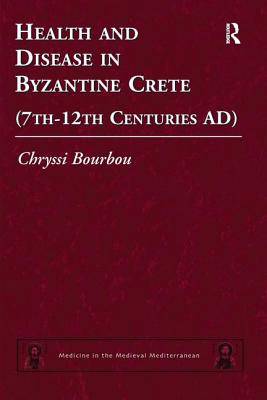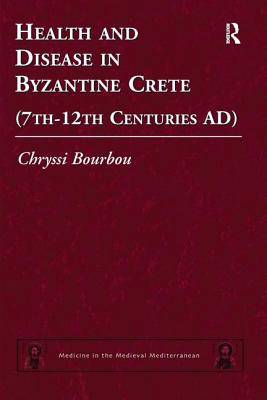
- Afhalen na 1 uur in een winkel met voorraad
- Gratis thuislevering in België vanaf € 30
- Ruim aanbod met 7 miljoen producten
- Afhalen na 1 uur in een winkel met voorraad
- Gratis thuislevering in België vanaf € 30
- Ruim aanbod met 7 miljoen producten
Zoeken
Omschrijving
Daily life and living conditions in the Byzantine world are relatively underexplored subjects, often neglected in comparison with more visible aspects of Byzantine culture, such as works of art. The book is among the few publications on Greek Byzantine populations and helps pioneer a new approach to the subject, opening a window on health status and dietary patterns through the lens of bioarchaeological research. Drawing on a diversity of disciplines (biology, chemistry, archaeology and history), the author focuses on the complex interaction between physiology, culture and the environment in Byzantine populations from Crete in the 7th to 12th centuries. The systematic analysis and interpretation of the mortality profiles, the observed pathological conditions, and of the chemical data, all set in the cultural context of the era, brings new evidence to bear on the reconstruction of living conditions in Byzantine Crete. Individual chapters look at the demographic profiles and mortality patterns of adult and non-adult populations, and study dietary habits and breastfeeding and weaning patterns. In addition, this book provides an indispensable body of primary data for future research in these fields, and so furthers an interdisciplinary approach in tracing the health of the past populations.
Specificaties
Betrokkenen
- Auteur(s):
- Uitgeverij:
Inhoud
- Aantal bladzijden:
- 264
- Taal:
- Engels
- Reeks:
- Reeksnummer:
- nr. 1
Eigenschappen
- Productcode (EAN):
- 9780754666158
- Verschijningsdatum:
- 23/12/2010
- Uitvoering:
- Hardcover
- Formaat:
- Genaaid
- Afmetingen:
- 156 mm x 234 mm
- Gewicht:
- 548 g

Alleen bij Standaard Boekhandel
+ 391 punten op je klantenkaart van Standaard Boekhandel
Beoordelingen
We publiceren alleen reviews die voldoen aan de voorwaarden voor reviews. Bekijk onze voorwaarden voor reviews.











